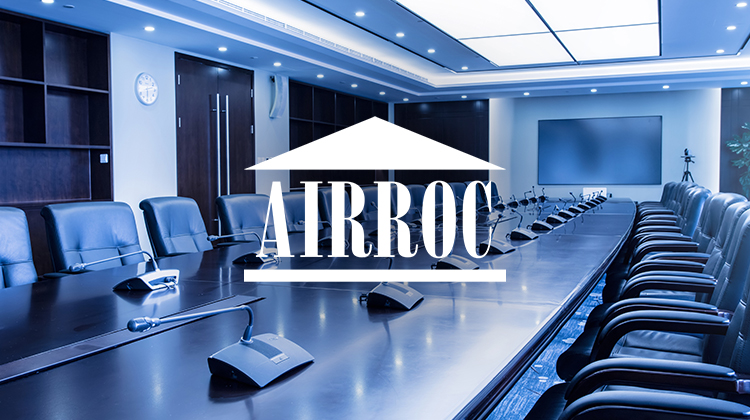We have all heard and read: “AIRROC’s Vision is to be the most valued (re)insurance industry educator and network provider for issue resolution and creation of optimal exit strategies.” That phrase is recited at every AIRROC Board meeting. AIRROC’s educational content and its networking forums are the instrumentalities of that vision. But, while those events help us build a community of shared ideas and business goals, it doesn’t prevent differences of opinion or disputes. Our members need a process for the orderly resolution of those disputes that cannot be resolved in our meetings and day-to-day interactions. We envision that the DRP (Dispute Resolution Process), as recently revised, will provide a framework for arbitration or mediation to provide that forum by providing a process and a list of seasoned third parties—arbitrators and mediators, that can hear both sides of a dispute and help achieve a timely and cost-effective resolution. In our latest revision of the DRP, we simplified the DRP into three key components: a list of experienced professionals— arbitrators and mediators who understand our business; an outline of key choices for designing a process that fits the needs of the dispute and the parties; and a defined role for AIRROC staff to assist in overcoming any impasse in the process.
We have added additional information fields to our arbitrator and mediator profiles to facilitate the selection process. We require arbitrators to have 10 years of industry experience and plan to include arbitrators in our networking and education sessions even more than they have been in the past. This will pave the way for common bonds of experience and knowledge about the evolving needs of our business. We are asking arbitrators and mediators to take ownership in the process by reporting on its use and assisting us in updates and innovations going forward.
We also hope our membership understands that they own the process. Our current version is an ongoing effort to improve the efficiency of our DRP by seeking input from all our members to help us understand their needs and how we can best support them in refining the DRP going forward.
The Supreme Court aptly explained the fundamental purpose of arbitration over three decades ago in discussing whether an antitrust claim could be subject to an arbitration agreement:
By agreeing to arbitrate a statutory claim, a party does not forgo the substantive rights afforded by the statute; it only submits to their resolution in an arbitral, rather than a judicial, forum. It trades the procedures and opportunity for review of the courtroom for the simplicity, informality, and expedition of arbitration.
Mitsubishi Motors Corp. v. Soler Chrysler-Plymouth, Inc., 473 U.S. 614, 628 (1985)(emphasis supplied).
And further in this landmark opinion, the Court states: “…adaptability and access to expertise are hallmarks of arbitration.” 473 U.S. at 633. “[I]t is often a judgment that streamlined proceedings and expeditious results will best serve their needs that causes parties to agree to arbitrate their disputes; it is typically a desire to keep the effort and expense required to resolve a dispute within manageable bounds that prompts them mutually to forgo access to judicial remedies.” Id.
That is the vision of the AIRROC DRP and we hope you will try the process and let us know what you think. Please contact us with any suggestions, concerns or ideas on how we can make this process work for you.
